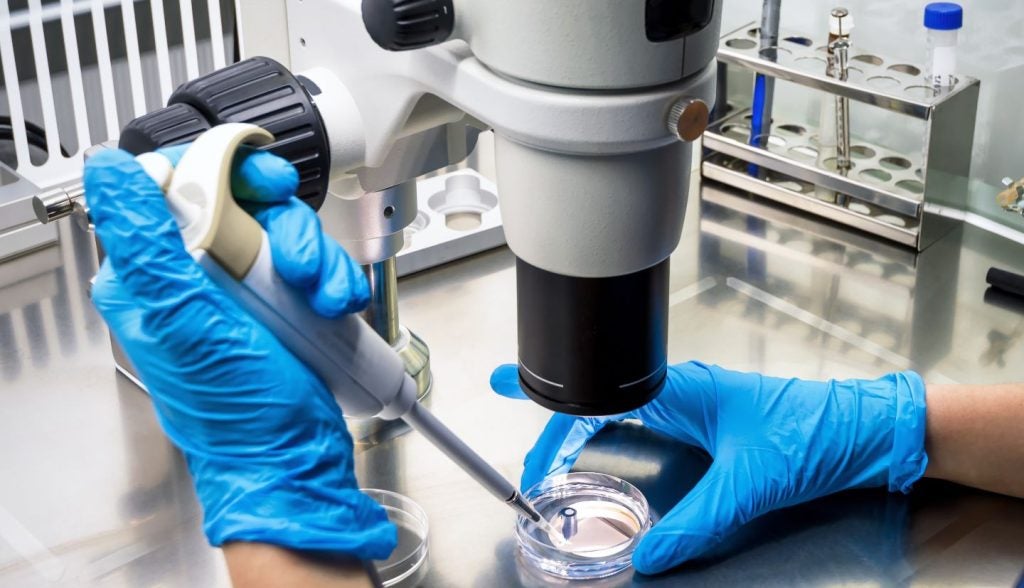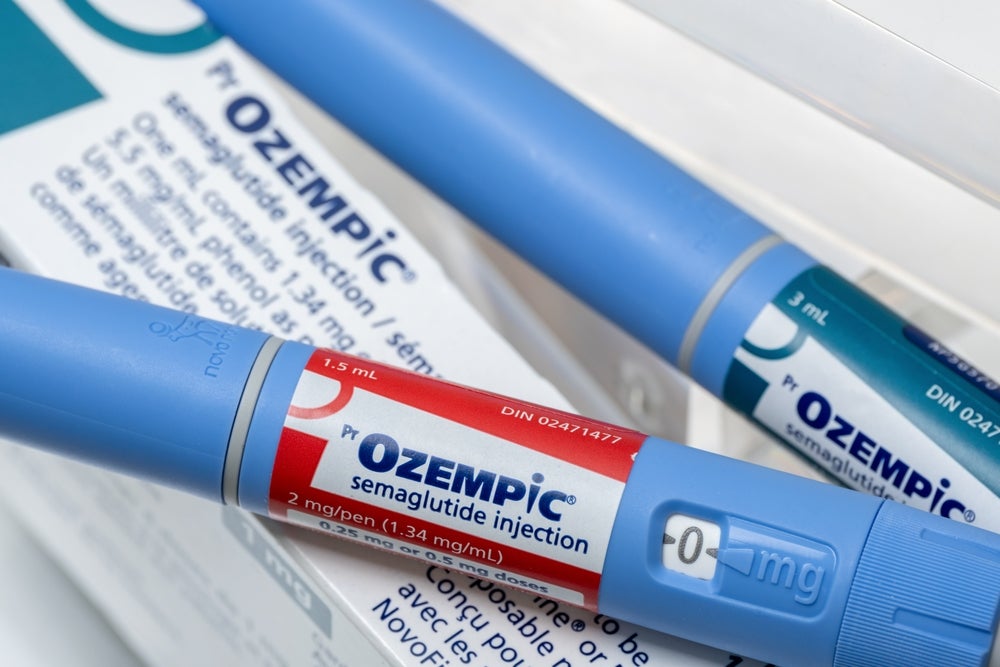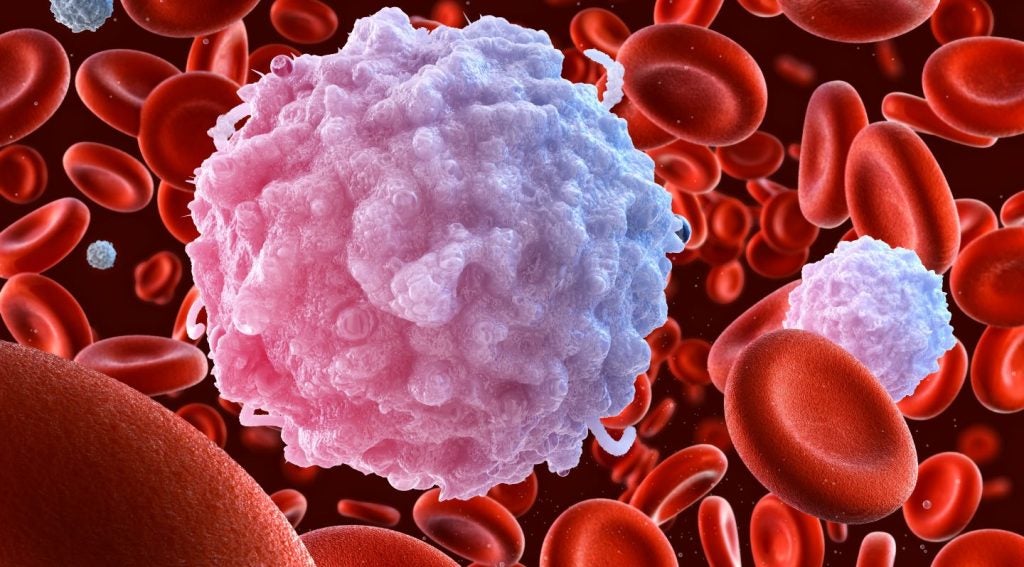Molecure has announced a research partnership with Avicenna Biosciences to advance the discovery and development of new small molecule drugs targeting ubiquitin-specific protease 7 (USP7) for treating cancer.
The partnership aims to leverage Avicenna's machine learning-driven medicinal chemistry platform and Molecure's capabilities in drug discovery and USP7 biology to identify potential drug candidates with enhanced pharmaceutical properties.
Avicenna will create algorithms to detect new chemical entities that inhibit USP7, adhering to predefined pharmacological criteria.
Molecure will oversee the synthesis and evaluation of these entities, selecting promising candidates for further development.
It will maintain the rights for the development and commercialisation of any drug candidates.
Avicenna president and CEO Chris Meldrum said: “We have been very impressed with the Molecure team, their deep expertise in targeting USP7, and their efforts to deliver new treatment options to patients with difficult-to-treat cancers.
“Avicenna welcomes the challenge to transform chemical potential to biological and clinical reality for this important target.”
As part of the risk-sharing model, Avicenna will receive an upfront fee and research funding based on the success of the compounds.
If Molecure opts to license the molecules, Avicenna will be entitled to license fees and a portion of future revenues from any drugs developed.
Molecure focuses on small molecule drugs that target unexplored protein and RNA targets.
The company's most advanced drug candidate, OATD-01, is a CHIT1 inhibitor for treating interstitial lung diseases.
Another candidate, OATD-02, is a dual arginase inhibitor for cancer treatment, which recently entered Phase I clinical trials with initial patient administration in the first quarter of 2023.
Molecure CEO Marcin Szumowski stated: “By combining Molecure’s in-depth knowledge of this attractive, validated in vivo target with Avicenna’s ML-driven medicinal chemistry platform, we intend to generate superior drug candidates with optimal pharmacological profiles for further preclinical and clinical development.”















